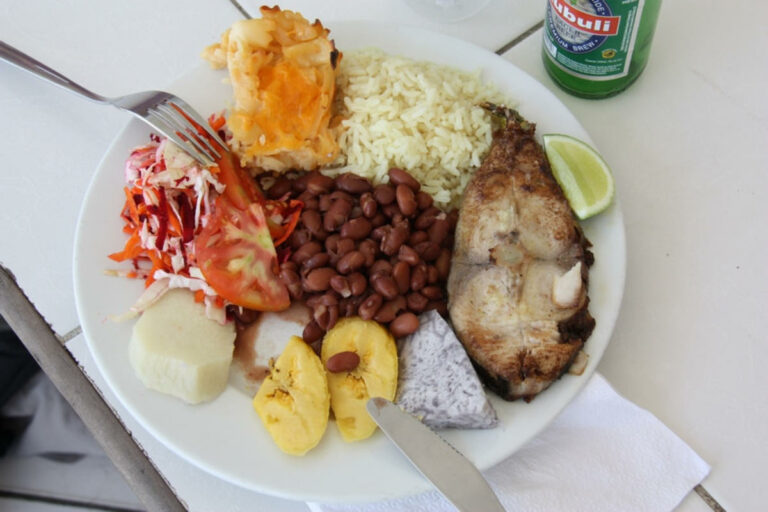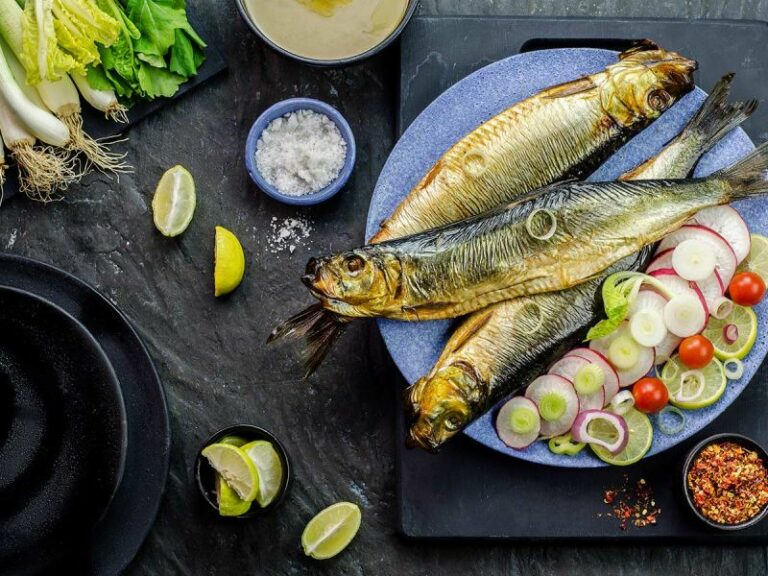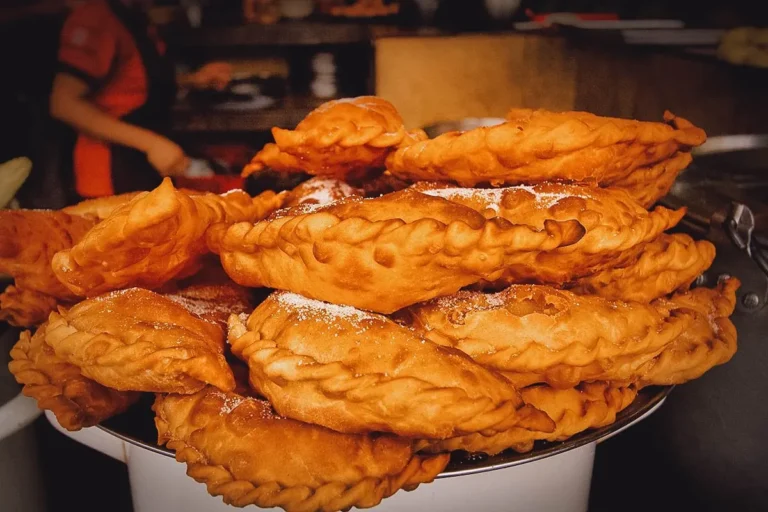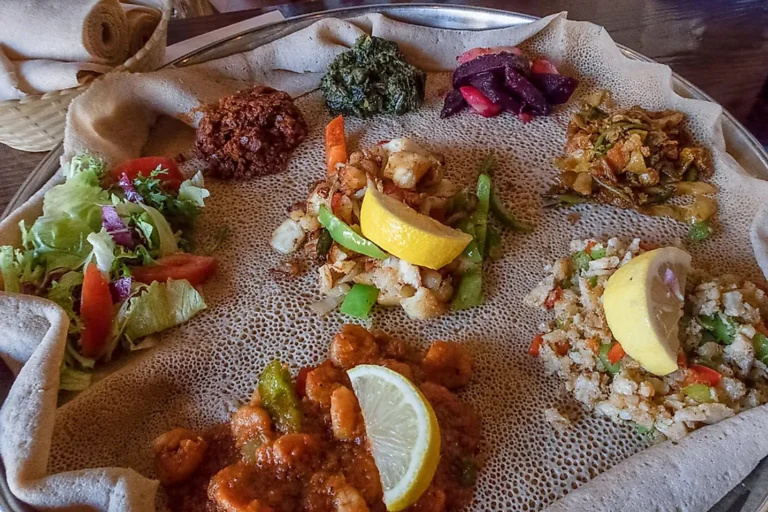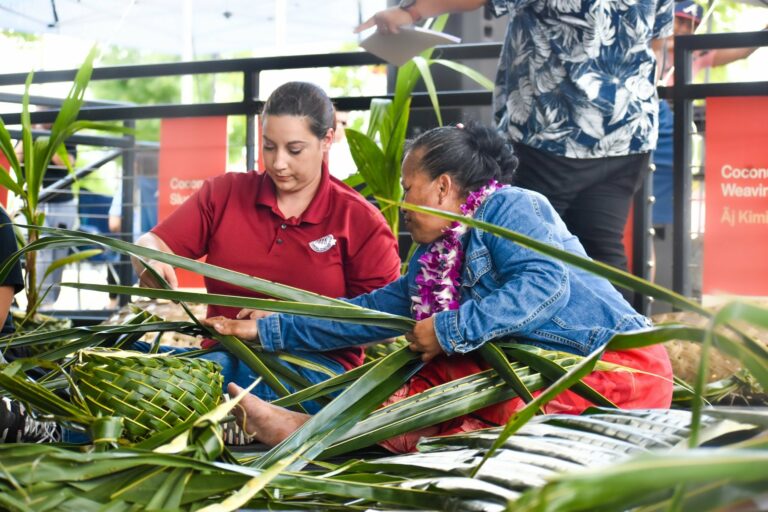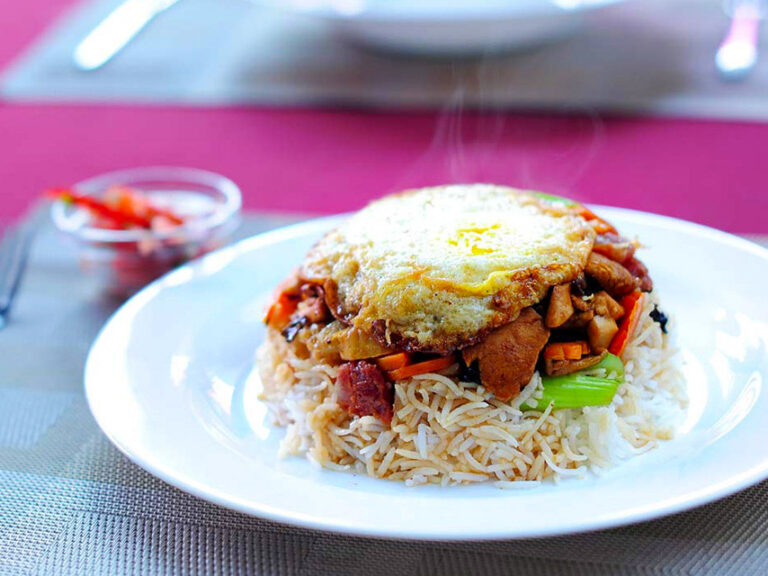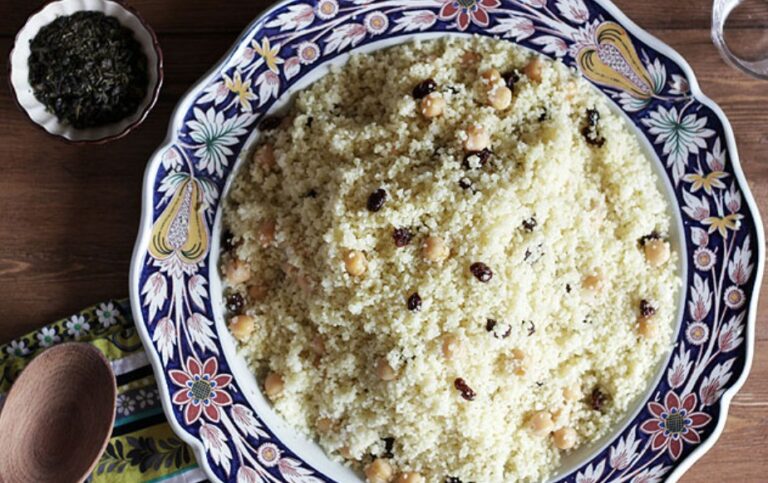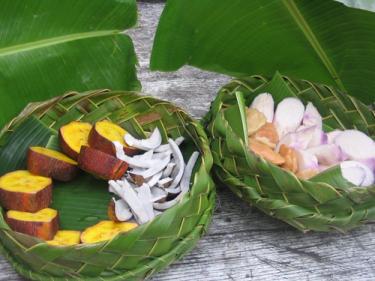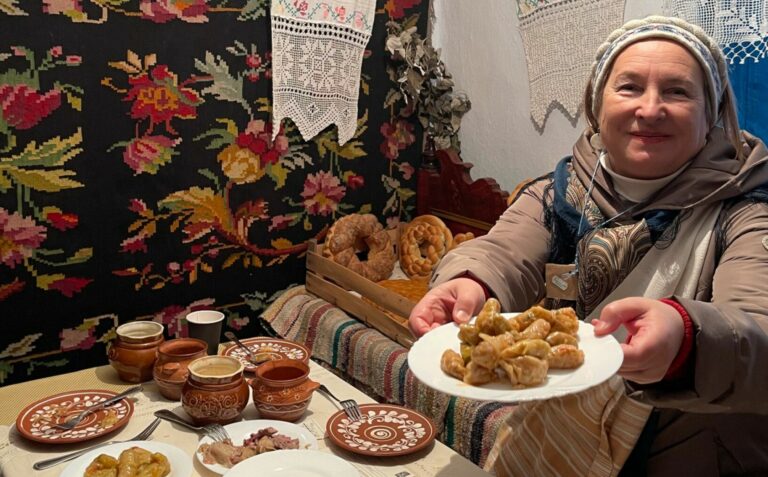There is a large selection of elegant evening dresses. How should a woman decide? When it’s time for special occasions and celebrations again, we benefit from the numerous evening wear for women. So that the decision is not difficult, we have tips for different body types in women.
Today, women can wear pretty much any shape and color. And that’s just as well. Women are spoiled for choice. The great variety makes it difficult to choose the right evening wear. So you can eliminate the last uncertainties.
Evening wear for women

There are now a variety of evening dresses in different shapes and colors. Elegant evening dresses are no longer just long, but can also be short. And midi dresses are also popular. Therefore, we women are spoiled for choice for special occasions and celebrations. In order to make your decision when choosing an elegant evening dress a little easier, we have collected tips for choosing your evening dress. Also, note great ideas for outdoor wedding attire.
Matching evening dresses for your figure type
In general, you should wear what you like and choose the dress that makes you feel good. Nevertheless, different shapes and colors give us women the opportunity to conceal certain problem areas or to emphasize popular body parts and put them in the limelight. It can therefore be an advantage if you know your figure type and the dress that goes with it. So we have a short and simple overview for you. In addition, also note our overview of fabrics and their properties with care instructions.
Choosing the right dress length
The general rule here is: wear what you like! Because if you wear evening dresses that you don’t feel comfortable in, it won’t be a great evening. And with the right clothing, you create the feel-good factor and can strengthen your self-confidence. While it’s not quite as strict these days, long evening dresses or midi dresses are still worn for some formal occasions, such as weddings or galas. While many women more often choose the short variants for informal occasions. Short dresses are a fashion trick for women with short legs in particular.
Beautiful décolleté or back neckline?
Women with slightly larger breasts, in particular, like to wear dresses with a special neckline to emphasize their beautiful décolleté. You can choose between strapless, halter neck, or one shoulder. If you are one of those women who have fewer breasts or you do not want to emphasize your décolleté, you can choose a high-necked dress with a low back. Because these are just as seductive as other evening wear for women.
What color for an elegant evening dress?

Muted colors are often required for special occasions, such as weddings or graduation ceremonies. Here you can fall back on beige tones, dusky pink, dark blue, or green tones. But a strong red or dark red is also suitable for elegant dresses. It often depends on the season and which colors you wear. You can also choose the color of your dress according to which color is currently in trend. Your skin type can also be decisive. Because certain colors can flatter your skin type. So also note our tips on how to look more attractive with sexy clothes and great colors.
Combine evening dresses with matching accessories
- You can complement a chic, half-length, colorful cocktail dress with an elegant updo and inconspicuous silver or gold accessories.
- If you wear single-colored dresses, you can combine them well with eye-catching accessories. Long pearl necklaces, large costume jewelery, or large hoop earrings go well with this.
- Round off evening dresses with a clutch or small shoulder bag. As a woman, it is always good to have a small bag with you in which to store your cell phone, lipstick, or something else.
- Beautiful and eye-catching shoes can also be your accessories and round off your rather inconspicuous outfit.

